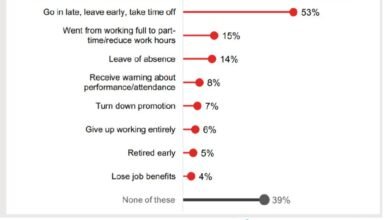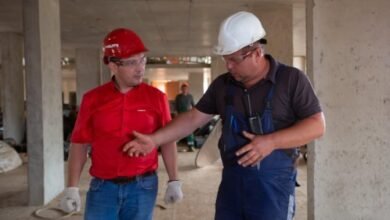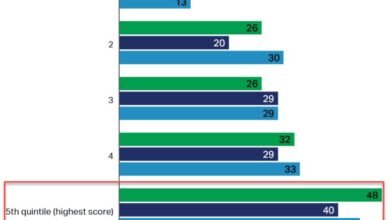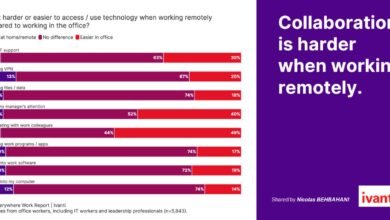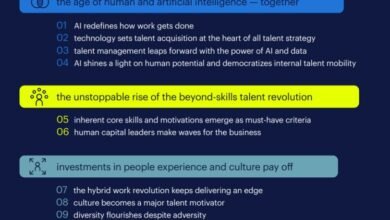Hr Library
Trending
The future of work: Managing three risks of the hybrid workplace
These three risk areas deserve careful attention

Source | www.mckinsey.com | Marino Mugayar-Baldocchi | Bill Schaninger | Kartik Sharma
With the gradual reopening of nations around the world, organizations have been evaluating post-pandemic working models and the physical return to work. The COVID-19 crisis forced many organizations, particularly those largely composed of knowledge workers, to shift to a remote model. Although there is much excitement over restoring some level of in-person interaction in the workplace, 68 percent of organizations do not yet have a clearly articulated vision or plan in place. As organizations adopt remote hybrid work, we see three risk areas that deserve careful attention.
- Erosion of organizational culture and social cohesion. Our recent research suggests that employees experiencing a lack of clarity in the future vision of the operating model are almost three times as likely to report moderate to high levels of burnout symptoms. However, it is not enough to simply communicate a clear vision. The supporting rationale must also be solid. One of the key questions organizations must grapple with is the process by which they bring back their workforce. Almost 30 percent of employees say they are likely to switch jobs if made to fully return to on-site work, highlighting that employee well-being and preference need to be considered before deciding on a return to the office. Organizations must think through how, when, and for what reason they are asking their workforce to return.
Organizational leaders, particularly managers, are responsible for identifying who needs to come to the office and for what reason. For example, managers should prioritize in-person presence for onboarding and team-based projects that require extensive collaboration. Physical presence for those events increases the likelihood of employees learning the company culture, establishes in-person rituals that are associated with greater social cohesion, and fosters team-based creativity. For team members who are unable to attend in person, managers must find opportunities to asynchronously engage those individuals for innovation. - Declining productivity. The ad-hoc experiment with large-scale remote working during the pandemic revealed a number of productivity benefits. Our research found that a few months into the pandemic, 45 percent of employees reported working more productively. Unfortunately, that improvement came at the cost of a blurred work-life boundary and increased symptoms of grief, anxiety, and burnout.


